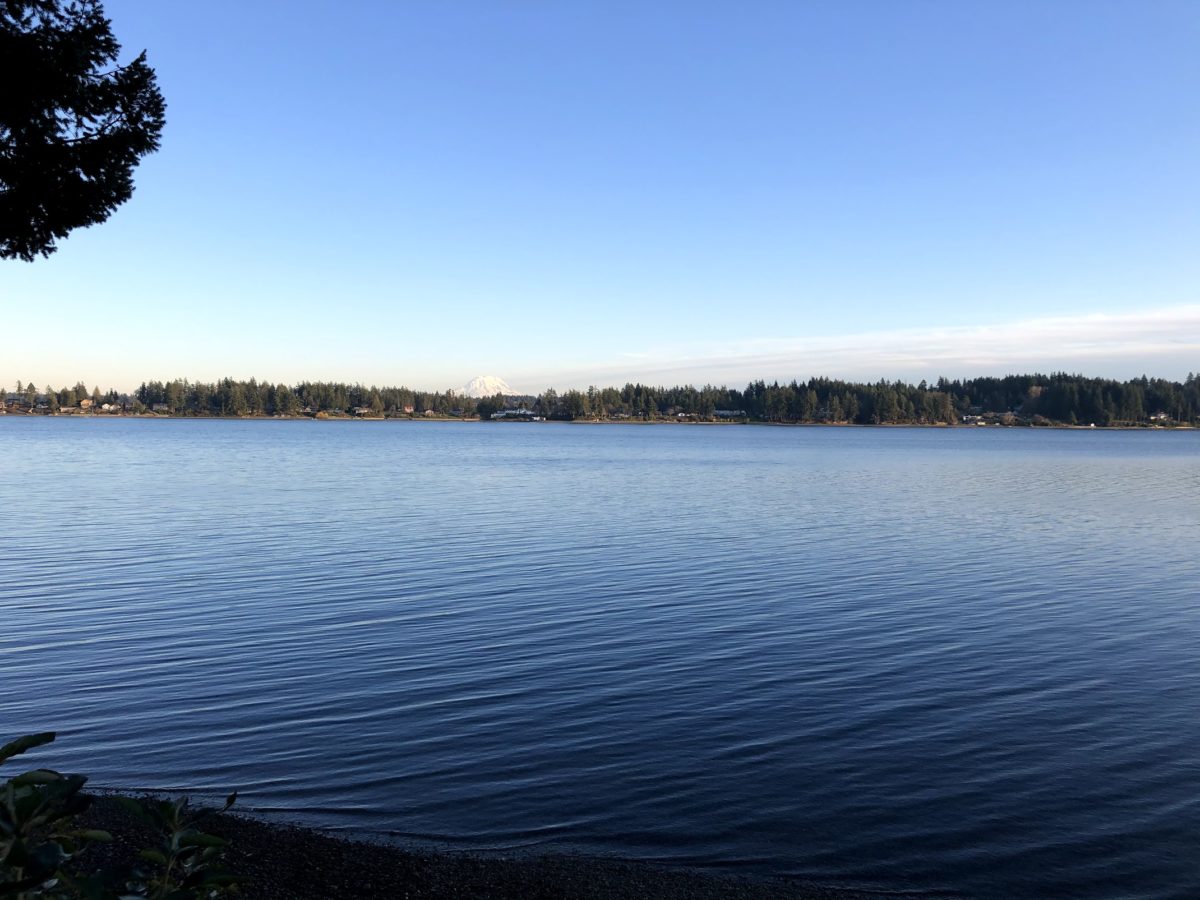Written by Grace Loonam

Initially, when considering the possibility of toxic plastic pollution, images of ominous floating garbage patches in the ocean may come to mind, as it is easy to picture how this waste could disrupt and harm aquatic life. This summer, I am working on a remote group project concerning the ecotoxicology of a less visible, but no less significant threat: microplastics. Microplastics, defined as pieces of plastic less than five millimeters in length, have become a subject of increasing interest and study, and numerous investigations targeted towards mapping their concentration and distribution in the aquatic environment have been conducted. Although my fellow researchers and I were initially planning on characterizing this issue in the Potomac River ecosystem, the need to work remotely has led us to instead analyze previous research that contains microplastic concentration data of distinct regions around the United States. We also collected pollutant data in the same regions, and I specifically looked in San Francisco Bay, Puget Sound, and the Mohawk River for this information.
As someone originally from the Pacific Northwest, I was particularly interested in learning about how this phenomenon affects Puget Sound, as this is an estuary that I have visited a great deal. I have not really seen a lot of plastic pollution when visiting the area myself (see picture), but microplastics have been recorded in this urban estuary in recent studies, which is not surprising due to the widespread nature of microplastic pollution. With microplastics, which are small enough to be readily consumed by many organisms, distribution is important to document so that even regions that do not visibly appear to be impacted by plastic pollution can be monitored for potential impacts. Specific threats to aquatic life from microplastic consumption could be further problematic due to the possibility of toxin absorption. Although we have not yet started analyzing the correlations between the microplastic and pollutant data we have collected, we have been able to find concentration data for some pollutants in the areas where microplastics have been documented, specifically nutrients such as nitrate, phosphate, and ammonia.
This research is significant because our society is constantly using and then disposing of plastic particles of all shapes and sizes. Understanding the potential threats posed by microplastics to the aquatic environment paves the way for effective prevention and restoration policies that need to start being more widely discussed and implemented. However, it is also important (as a consumer of plastic) to be aware of the issues affiliated with microplastics and avoid purchasing products that contain them when possible, and to introduce new habits that can help limit the quantity of plastics we are introducing the environment. Dr. Sherri Mason, a microplastics researcher my team had the opportunity to speak with, recommended steering clear of products that contain microbeads (such as some facial cleansers), and re-wearing some clothes that aren’t dirty before washing them. In addition to these behaviors, make sure to continue reading about microplastics and learn about how this issue may affect your area—check out my coworkers’ blogs on Chesapeake Bay, the Gulf of Mexico, and the Great Lakes!
Grace Loonam is currently an undergraduate student of the Class of 2022 at George Mason University, pursuing a B.S. in Environmental Science with a concentration in Ecological Science.

